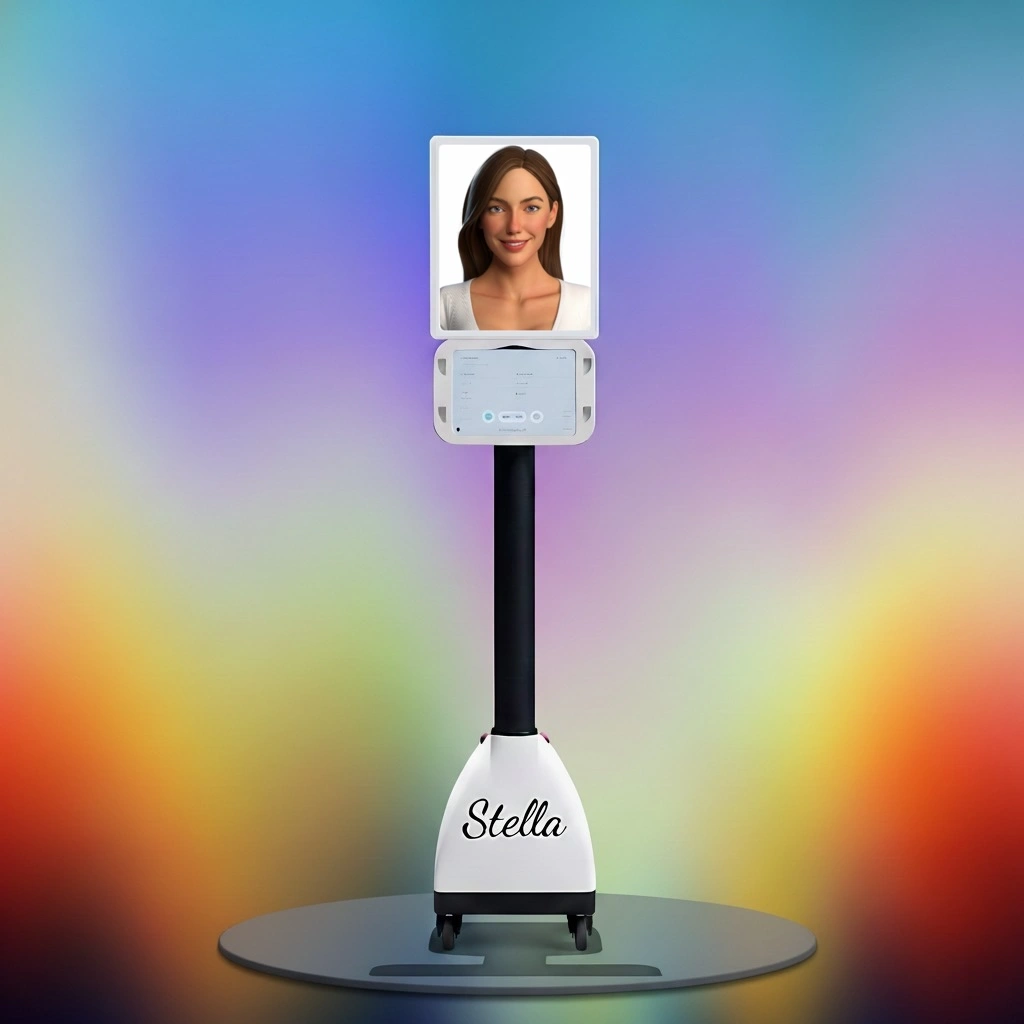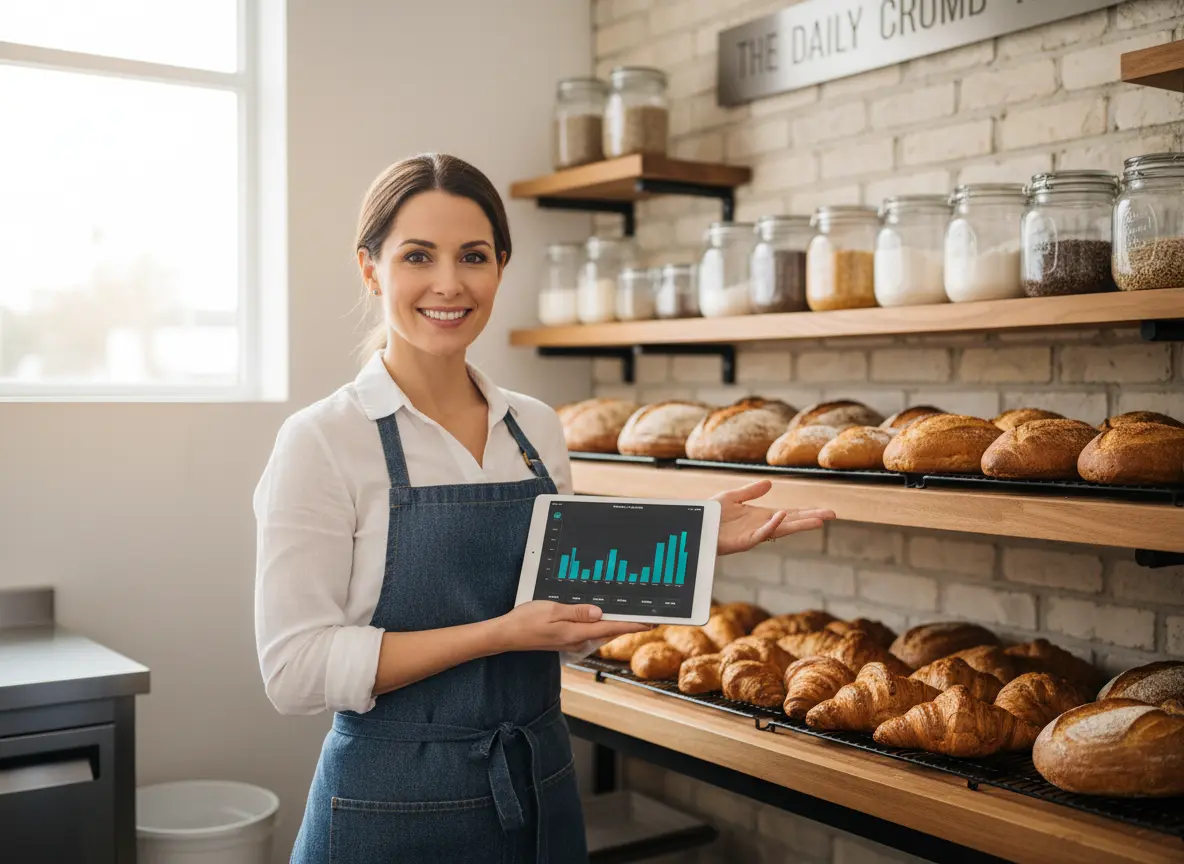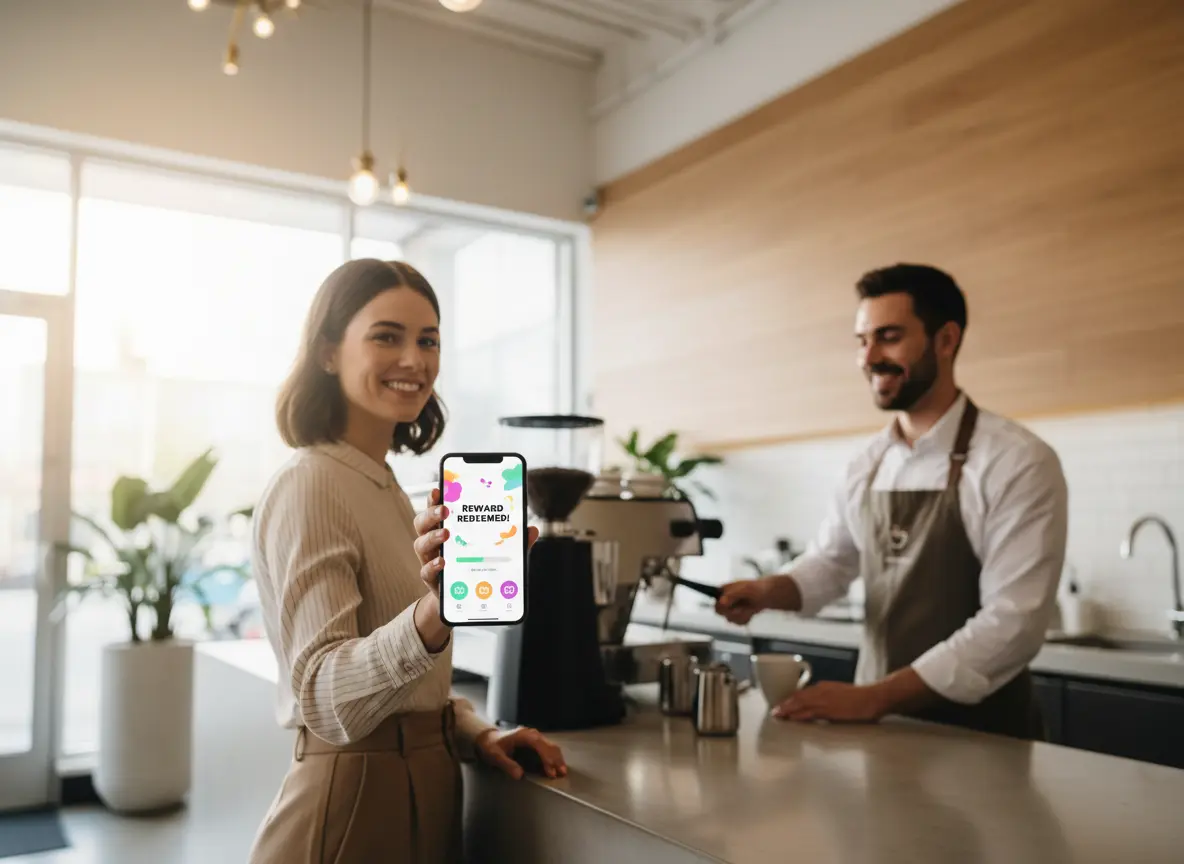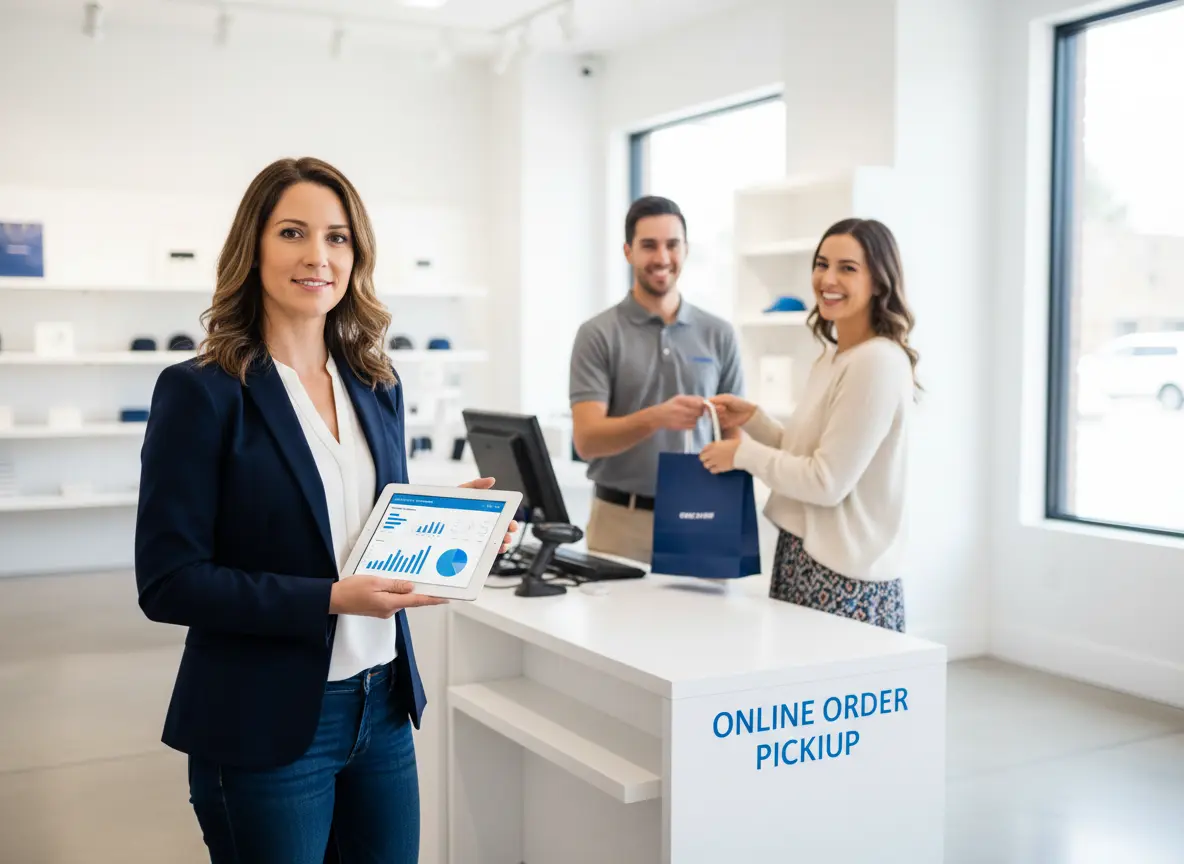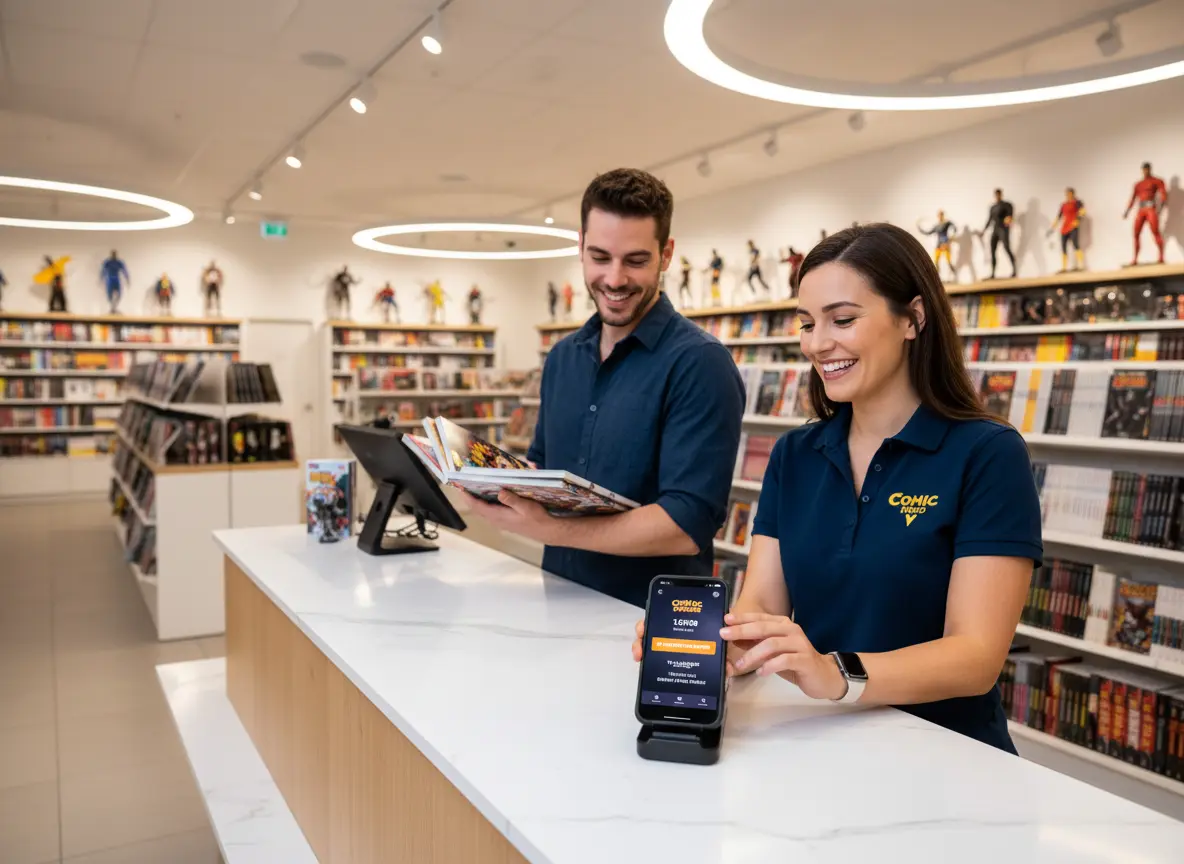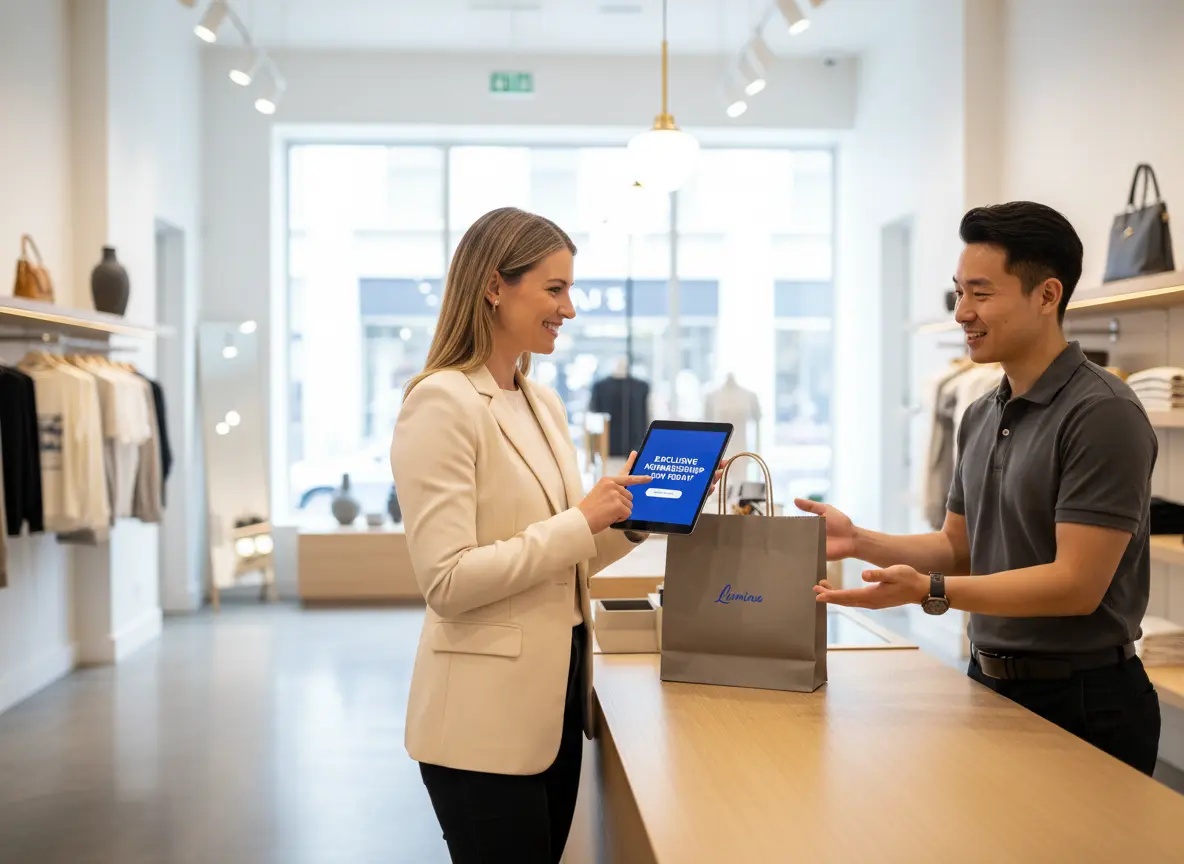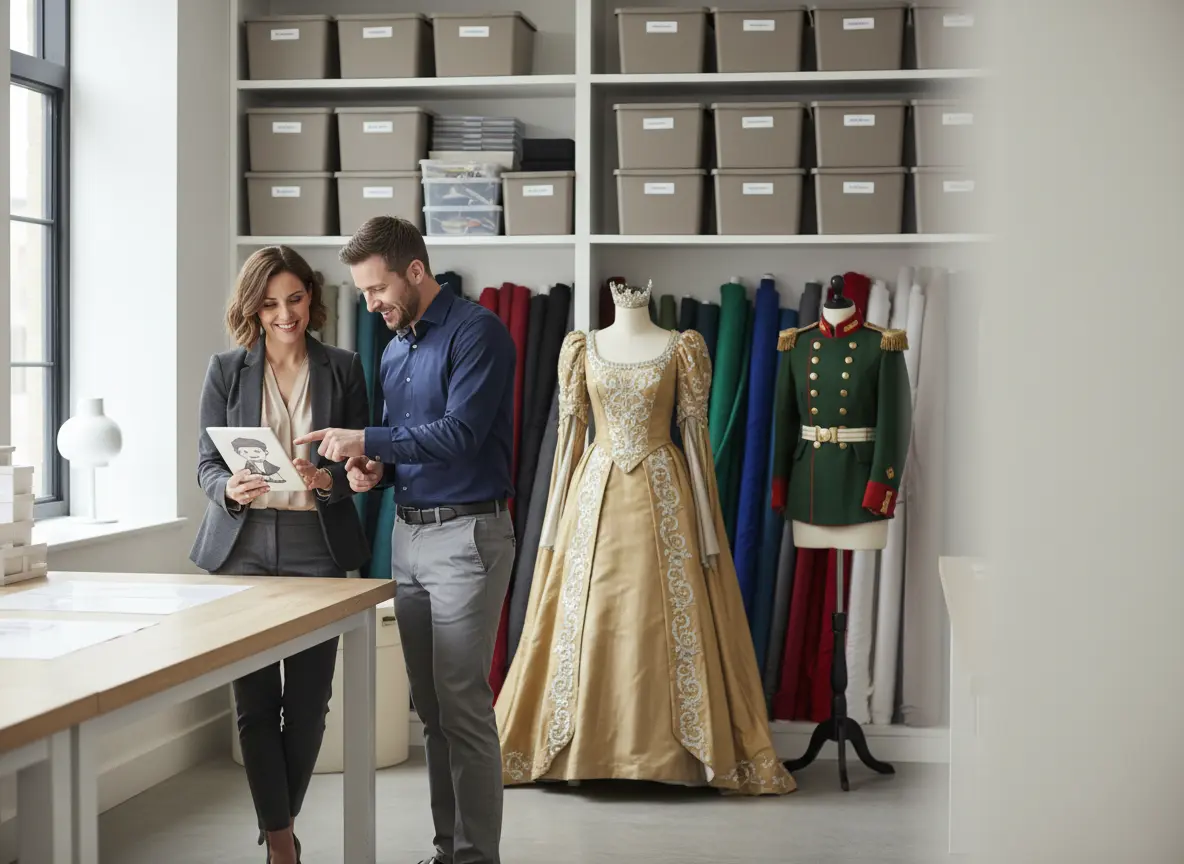Let's Be Honest: Your "Gut Feeling" Isn't a Business Plan
You did it. You opened a retail store. You’re living the dream, surrounded by products you love, and interacting with customers who (mostly) appreciate your impeccable taste. But as you stand amidst your beautifully curated shelves, a tiny, nagging voice whispers, "Are we... actually making any money?"
If you’re measuring success by the dwindling pile of pizza boxes in the back office and the number of times you’ve had to "borrow" from your personal savings, we need to talk. Running a business on intuition alone is like trying to navigate a ship with a blindfold and a motivational poster. It might feel adventurous, but you’re probably heading straight for an iceberg.
The solution? Key Performance Indicators (KPIs). And before your eyes glaze over, think of these less as boring spreadsheet columns and more as your business's vital signs. They’re the numbers that tell you what’s working, what’s a catastrophic money pit, and when it’s time to make a change. Let's dive into the metrics that separate the thriving retailers from the ones who are just, well, playing shop.
The "Are We Actually Making Money?" KPIs
These are the foundational, non-negotiable numbers. If you track nothing else, track these. They are the financial bedrock of your retail empire, or at least your very cool corner store.
Gross Profit Margin: Your Business's Lifeblood
Think of Gross Profit Margin as the pulse of your business. It tells you how much money you make from the products themselves, before you even think about paying rent, salaries, or that fancy new espresso machine. The formula is simple: (Revenue - Cost of Goods Sold) / Revenue. The result tells you what percentage of each sale is pure profit.
For example, you sell a designer lamp for $200. It cost you $80 to acquire. Your gross profit is $120, and your Gross Profit Margin is a healthy 60%. If that margin is razor-thin, you're working incredibly hard for very little reward. A low margin is a warning sign that your pricing is off, your supplier costs are too high, or both. You can’t pay your bills with revenue; you pay them with profit.
Average Transaction Value (ATV): The Art of "Would You Like Fries With That?"
Your Average Transaction Value (or ATV) is the average amount a customer spends in a single purchase. To calculate it, just take your Total Revenue and divide it by the Number of Transactions. Why does this matter? Because convincing an existing customer to add one more item to their cart is infinitely easier and cheaper than finding a brand new customer.
If your ATV is $52, what would a 10% increase to $57.20 do for your bottom line over a year? A lot, that's what. You can boost your ATV with a few classic moves:
- Strategically placing impulse buys near the checkout counter (we’re all suckers for a novelty keychain).
- Training your staff to upsell and cross-sell effectively. "Oh, you're buying that sweater? It looks amazing with this scarf."
- Creating product bundles or "buy two, get one" offers that provide real value.
Sales Per Square Foot: Is Your Rent Pulling Its Weight?
Every single square foot of your store has a job: to make you money. If you have a corner that’s just collecting dust bunnies and a sad, forgotten mannequin, it’s failing. Sales Per Square Foot (Total Sales / Total Square Footage of Selling Space) tells you how efficiently your space is performing.
This metric is a brilliant tool for optimizing your store layout. If the back left corner has a dismal sales-per-square-foot number, it’s time for a change. Move your best-sellers there, create a compelling display, or rethink that area entirely. Your rent is one of your biggest expenses; make sure every inch of your floor plan is working as hard as you are.
Turning Window Shoppers into Actual Buyers
Getting people in the door is only half the battle. The next challenge is converting that foot traffic into cold, hard cash. These KPIs help you understand how well you’re closing the deal.
Conversion Rate: The Difference Between "Just Looking" and "Just Bought"
Your conversion rate is the percentage of visitors who make a purchase. You calculate it by dividing the Number of Sales by the Total Number of Visitors. You might have a thousand people walk through your doors on a Saturday, but if only 50 buy something, your conversion rate is a modest 5%. This is the "leaky bucket" of retail—all that potential just walking right back out.
A low conversion rate often points to issues with customer experience, pricing, or product selection. A simple "hello" can make a world of difference. That's where an always-on, always-friendly presence like Stella can be a game-changer. She greets every single person who walks in, ensuring no one feels ignored or overlooked. By immediately highlighting a special promotion or a new arrival, Stella gives shoppers a reason to engage and explore, significantly boosting the chance they’ll move from "just looking" to "just bought."
The Long Game: Mastering Inventory and Loyalty
Short-term sales are great, but long-term success is built on smart inventory management and creating a loyal customer base that comes back again and again. These final KPIs keep your business healthy for years to come.
Inventory Turnover: Is Your Stock Gathering Dust or Dollars?
Inventory is a double-edged sword. You need it to make sales, but too much of it ties up cash that could be used for marketing, payroll, or expansion. Inventory Turnover (Cost of Goods Sold / Average Inventory) measures how many times you sell through your entire stock in a given period. A low turnover rate means your shelves are essentially a museum for slow-moving products. Your cash is sitting there, depreciating.
A high turnover rate is generally good—it means products are flying off the shelves. However, if it’s too high, you might be losing sales because you're constantly out of stock. The goal is to find that sweet spot. Use this KPI to identify which products are duds and put them on clearance. Free up that space and cash for items your customers actually want.
Customer Lifetime Value (CLV): The Gift That Keeps on Giving
Stop thinking about sales as one-time events and start thinking about them as the beginning of a relationship. Customer Lifetime Value (CLV) is an estimate of the total profit you’ll earn from a single customer over the entire course of their relationship with you. It’s the metric that proves a $50 sale today could be worth $5,000 over the next five years.
Focusing on CLV shifts your strategy from acquiring as many new customers as possible to retaining the great ones you already have. How do you increase CLV?
- Launch a loyalty program: Reward repeat business.
- Provide unforgettable customer service: Be the store they rave about to their friends.
- Use email or SMS marketing: Stay top-of-mind with personalized offers and updates.
Acquiring a new customer can cost five times more than retaining an existing one. Do the math—investing in loyalty pays off.
A Quick Reminder About Stella
While you’re digging into these numbers and strategizing your next move, remember that optimizing your sales floor doesn't have to fall entirely on your shoulders. Our AI retail assistant, Stella, works tirelessly to greet customers, promote your deals, and answer questions, ensuring a perfect first impression every time. She frees up your human staff to focus on high-value interactions, all while gathering data on what your shoppers are most interested in.
Your Compass to Profitability
Okay, that was a lot of math. But you’re a business owner—you’re not afraid of a little number-crunching. Ignoring these financial KPIs is choosing to fly blind. You have the data right at your fingertips to make smarter, more profitable decisions.
Your action plan is simple: don’t try to track everything at once. Pick two or three of these KPIs that resonate with your biggest challenges. Is your store always busy but your sales are flat? Start with Conversion Rate. Worried about cash flow? Focus on Inventory Turnover. Start there, make small changes, and watch the impact.
You’re the captain of this retail ship. These numbers are your compass. Now go navigate your way to success.

